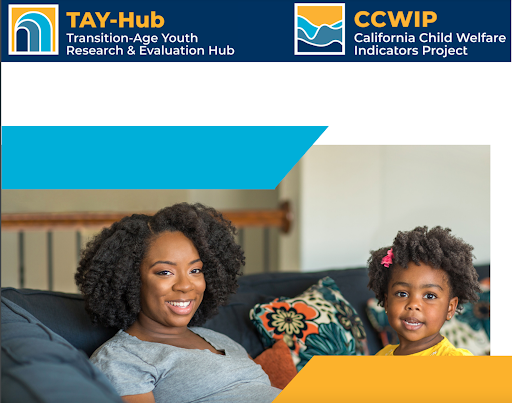
At age 19, 35% of California foster youth reported having their phone service shut off. When they left government care at 21, nearly 33% were parents. And by 23, more than 20% were unemployed.
Those are among newly unveiled research findings about young adults in the nation’s largest foster care system that are now available through a pioneering data-sharing agreement aimed to focus attention on the often-ignored group of “transition age youth.” The publicly available TAY-Hub data portal debuted Saturday on a website managed by UC Berkeley researchers.
The Transition Age Youth Research and Evaluation Hub site — believed to be the first of its kind — will track numerous outcome measures using state data for young adults after they leave the California’s foster care system at age 21, making the anonymous and aggregated information available for policymakers, researchers and the general public. The site’s authors will also mine existing research to produce policy briefs and ongoing reports on this population, detailing everything from employment to family size and justice system involvement.
Andrea Lane Eastman, co-director of the project and a researcher with the Children’s Data Network based at the University of Southern California, said she hoped the information will serve as an important bridge between research and practice.
She said the overarching goal is to place more information in the hands of young people with lived experiences of foster care, child welfare agencies and others seeking to improve life for those approaching adulthood with little guidance or support from family. The information will also help ensure that “when unintended negative consequences are identified, they can be addressed quickly,” Eastman said.
The new data portal also features findings from the groundbreaking California Youth Transitions to Adulthood Study, led by University of Chicago researcher Mark Courtney. The decade-long project, which ends this year, has produced in-depth surveys of foster youth at ages 17, 19, 21 and 23, assessing the impact of extended foster care on their employment, education, health, relationships and numerous other life outcomes.
In addition, the TAY-Hub site will track outcomes for foster youth up until age 23 using administrative data from California state agencies. Also a co-director of the project, Courtney calls public access to this type of data “unprecedented” and an important opportunity to better serve a population that all too often faces hardship.
“Just because they’re not in care any more,” he said of the former foster youth, “doesn’t mean we should be disinterested in what their outcomes are.”
In the coming months additional information will be added to the TAY-Hub portal, including credits completed at California community colleges, Department of Justice data on arrests and dispositions, and Supplemental Security Income payments, among other topics.
Researchers are soliciting further input from advocates, county child welfare officials and other interested parties to determine additional topics for research and tracking. A meeting earlier this month in Berkeley highlighted a lengthy list of topics for potential exploration — including the impact of universal basic income programs and mental health services. Additional gatherings are in the works, including a forthcoming convening in Los Angeles County. The data project, which is supported by the Conrad N. Hilton Foundation, Tipping Point Community and the Walter S. Johnson Foundation, is funded through 2024.
Note: The Imprint receives funding from the Conrad N. Hilton Foundation and the Walter S. Johnson Foundation.





